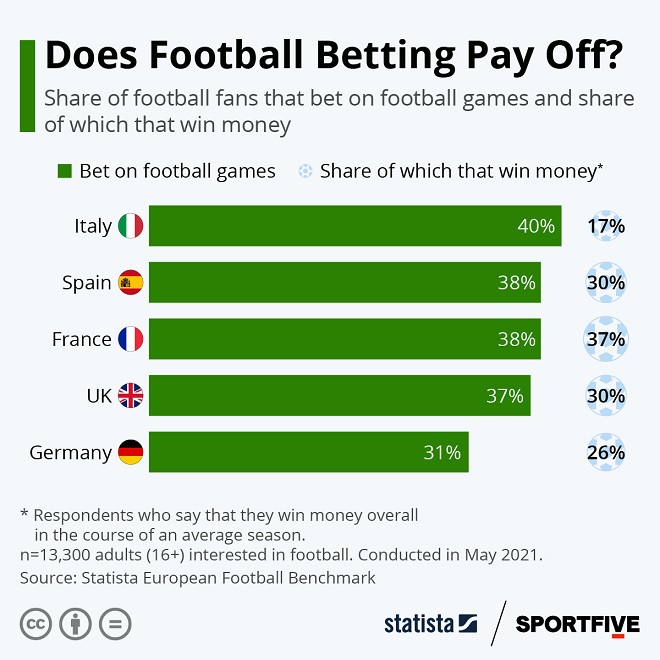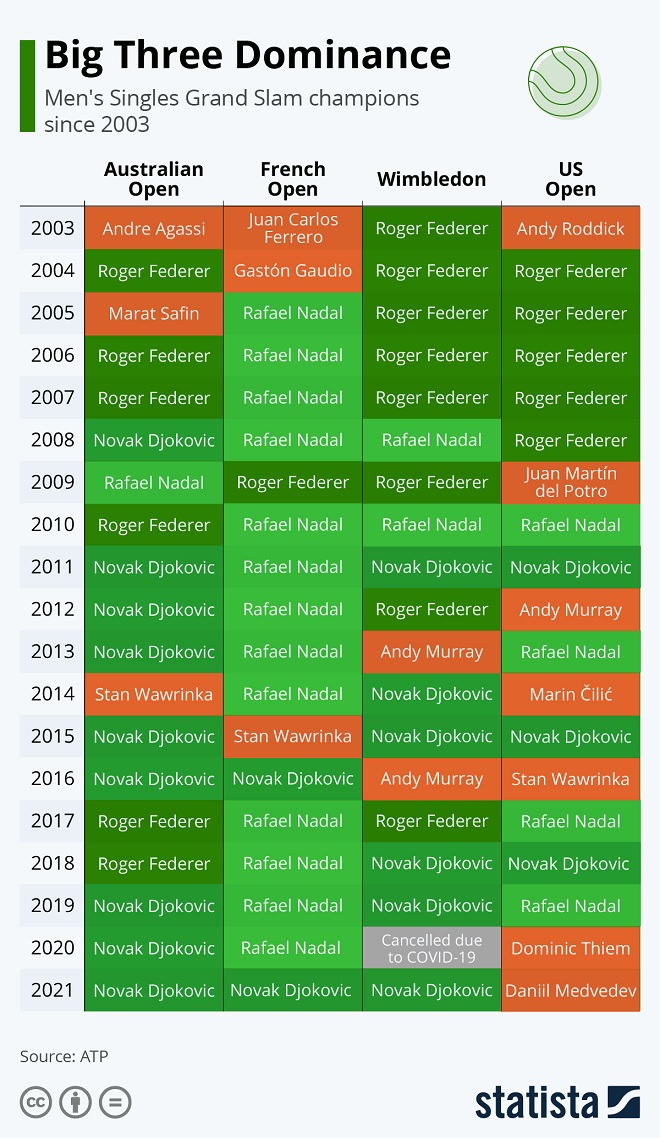Source: Statista
Sports betting has become omnipresent in professional football. While there has been a ‘whistle-to-whistle’ ban on TV advertising from betting companies for a few years in the UK, there are still plenty of other avenues being exploited by gambling companies. The most prominent of which is that of shirt sponsorship. Behind only perhaps the renaming of a stadium, the centre of a teams’ jersey is prime advertising real estate. As of the 2021/22 season, 9 of the 20 Premier League clubs have a main shirt sponsor from the industry.
So how widespread is betting on matches among football fans? The European Football Benchmark by Statista and Sportfive provides answers to this question. Of the 2,800 football fans surveyed in the UK, 37 percent said they place bets on matches. However, this only pays off for a minority. 30 percent of the gamblers say that they win money over the course of an average season. In a European comparison, UK fans are pretty average when looking at the countries host to the ‘Big-5’ leagues. The rate of football betting is highest in Italy – despite the fact that the fewest respondents there are on the winning side (or they’re just more honest). Either way, there is clearly still truth in the old adage: The house always wins.


